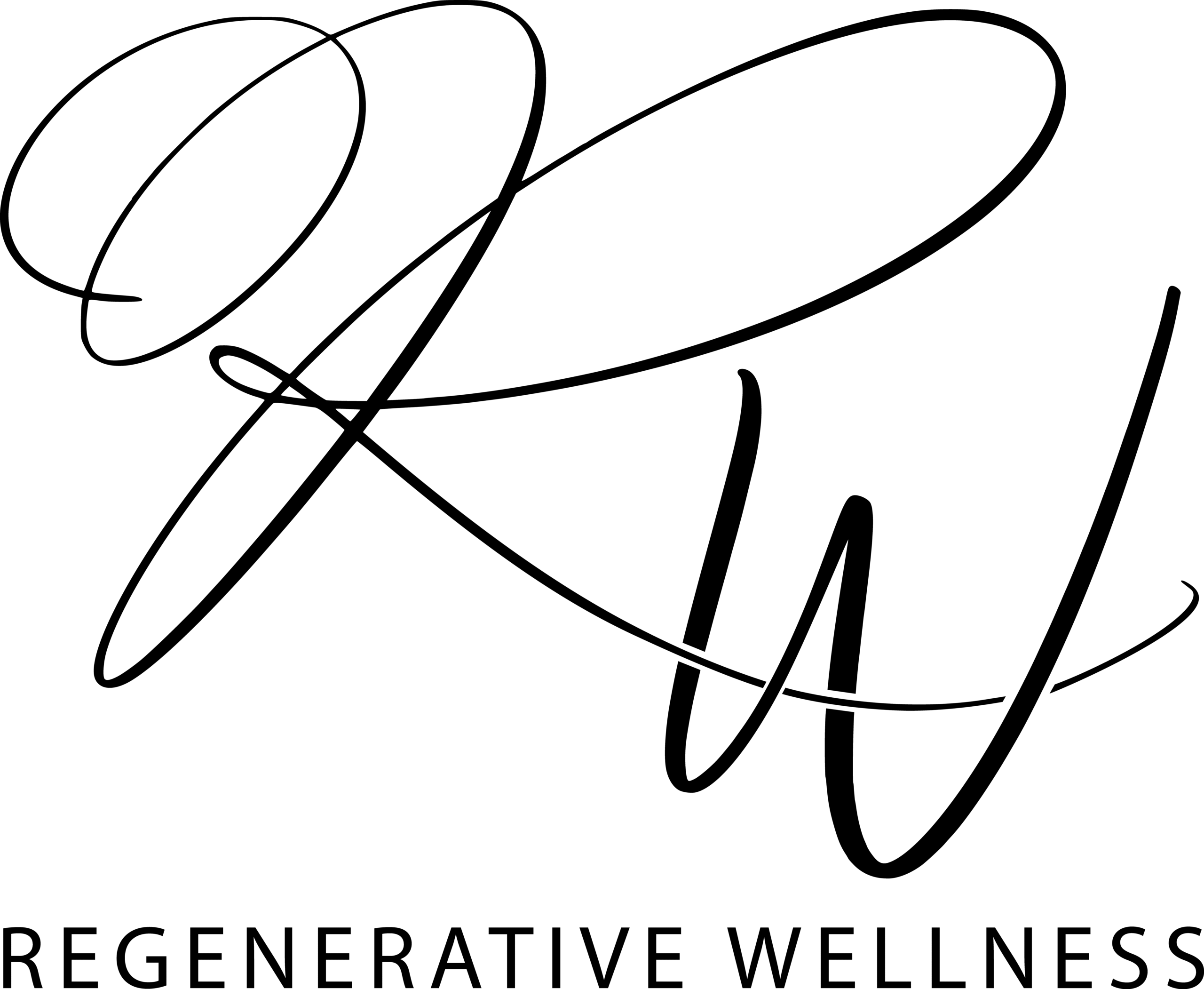Rosemary Antioxidant Extract
What Is It?
Rosemary antioxidant extract is a natural preservative and antioxidant derived from Rosmarinus officinalis. It is primarily used to extend the shelf life of oils and oil-based products by preventing oxidation and rancidity. It contains powerful compounds like carnosic acid, carnosol, and rosmarinic acid, which neutralise free radicals and slow down oil degradation.
INCI (International Nomenclature of Cosmetic Ingredients)
Rosmarinus Officinalis (Rosemary) Leaf Extract
Proper Storage & Shelf Life
Storage: store in a cool, dark place, away from heat and light.
Shelf life: 1-2 years when stored properly. No refrigeration needed, but it helps extend freshness.
Refined or Unrefined
Oil-soluble extract (CO₂ extracted) → Best for oil-based recipes.
Water-soluble extract → Used in water-based products but less effective for oxidation.
Is It Necessary?
Yes, if you are using unstable oils (e.g., rosehip, hemp seed, or sea buckthorn oil) that oxidise quickly. It’s also great if you want to extend the shelf life of your oil-based recipes (serums, balms, butters, etc.). It will also help to prevent rancidity in high-antioxidant recipes.
Texture & Consistency
Lightweight, slightly viscous liquid.
Natural Scent Profile
Mild herbal scent, which can vary based on concentration.
Solubility & Compatibility
Oil-soluble: Ideal for oil serums, balms, butters, and anhydrous recipes.
Water-soluble versions exist, but they are less commonly used in skincare.
Benefits in Your Skincare
Prevents rancidity: Slows oxidation of carrier oils and extends product shelf life.
Natural antioxidant: Helps protect skin from free radicals.
Non-greasy: Does not alter the texture of recipes.
Works well with vitamin E: Enhances overall stability.
Safe for sensitive skin: Gentle and non-irritating.
PH
Water-soluble rosemary extract generally has a slightly acidic to neutral pH (around 4-6), which makes it suitable for water-based formulations like lotions or shampoos.
Oil-soluble rosemary extract doesn’t have a specific pH since it’s dissolved in oils, which do not have a measurable pH in the same way water-based products do.
Absorbency Rate
Oil-soluble rosemary extract is more easily absorbed in oil-based products such as creams, serums, and oils because it dissolves in the oils, allowing for better penetration into the skin.
Water-soluble rosemary extract is absorbed well in water-based formulations like toners, gels, or shampoos, but it may not have the same deep skin penetration as oil-soluble extracts.
Recommended Usage Rate
0.02–0.5% in oil-based recipes.
Add directly to oils or melted butters before mixing into products.
Appearance
Light brown to amber liquid.
Strengths
✅ Prevents oils from oxidising, extending shelf life.
✅ Works well with most carrier oils and butters.
✅ Natural and gentle, ideal for clean beauty recipes.
Weaknesses
❌ Does not protect against bacteria, yeast, or mold (not a full preservative).
❌ Can have a slight herbal scent that may affect fragrance-sensitive products.
❌ Can be expensive compared to synthetic antioxidants.
Alternative Ingredients/ Substitutions
Vitamin E (Tocopherol): Another antioxidant that prevents rancidity.
Best Practices
Add 0.02-0.5% to oils and butters at the end of the recipe process. Works best combined with vitamin E for enhanced protection. Store in an airtight, dark bottle to maintain potency.
Tips & Tricks
💡 Add to fragile oils like rosehip, flaxseed, or hemp to prevent quick oxidation.
💡 Use alongside vitamin E for a double layer of protection.
💡 Best added to anhydrous recipes like body butters and oil serums.
Recommended Starter Amount
5-10g (0.2-0.4 oz) for small recipes to test effectiveness.
